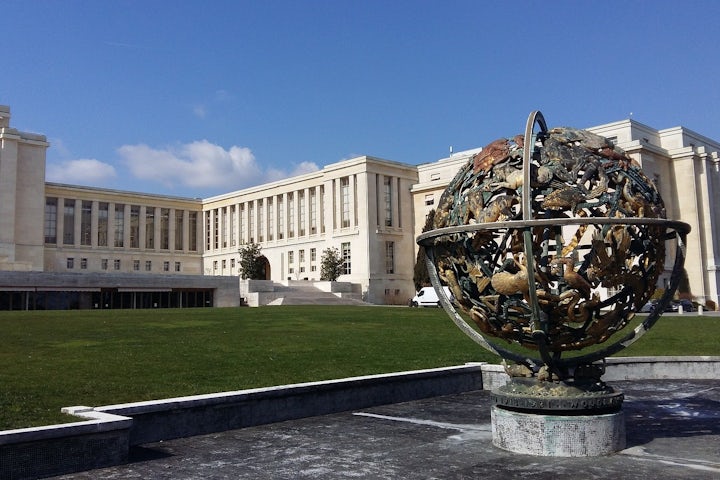Kimberley, the famed Diamond City in South Africa, has an extraordinary history, and Jews have been a part of it from the very beginning. The Griqualand West Hebrew Congregation (GWHC), founded in 1871, is the third-oldest still extant Jewish congregation in the country, behind Cape Town and Port Elizabeth.
 Over a long weekend, members of both the Jewish and wider community in Kimberley were joined by former congregants and well-wishers for a program of events marking the 110th anniversary of the congregation’s synagogue. This structure is regarded as one of the finest examples of synagogue architecture anywhere in the world. It includes a memorial plaque listing the names of 127 Jewish soldiers who died in the service of the Imperial forces in the Second Boer War, or South African War, from 1899-1901. A prominent member of the Jewish community, Colonel David Harris, was in charge of the town’s defenses when it was besieged by the Boers in the early months of the war.
Over a long weekend, members of both the Jewish and wider community in Kimberley were joined by former congregants and well-wishers for a program of events marking the 110th anniversary of the congregation’s synagogue. This structure is regarded as one of the finest examples of synagogue architecture anywhere in the world. It includes a memorial plaque listing the names of 127 Jewish soldiers who died in the service of the Imperial forces in the Second Boer War, or South African War, from 1899-1901. A prominent member of the Jewish community, Colonel David Harris, was in charge of the town’s defenses when it was besieged by the Boers in the early months of the war.
The commemorative program was organized under the combined auspices of the African Jewish Congress (AJC), the South African Jewish Board of Deputies and the GWHC, and it was the brainchild of AJC President Mervyn Smith. It kicked off with a Maariv service in the synagogue, with Spiritual Leader Rabbi Moshe Silberhaft officiating. Afterwards, participants were joined by some forty members of the local community at the William Humphrey Art Gallery, where a special exhibition of works by Jewish artists in the gallery’s collection were on display. The latter included over seventy works by, amongst others, such renowned artists as Irma Stern, Lippy Lipschitz and Moses Kotler.
Community leaders Barney Horwitz and David Allen spoke on the history of the congregation, from the first settler onwards. Chevra Kadisha chairman Arnold Rauff entertained the audience with an amusing series of anecdotes and vignettes relating to Jewish life in the area. The next day was devoted to visiting sites of local historical interest, including a guided tour of the Magersfontein battlefield and a “virtual mining experience” the Kimberley Mining Museum and Big Hole.
Chaim Ehrich led the Shabbat evening services, which were followed by a communal dinner in the communal hall. Speakers included AJC President Mervyn Smith, SAJBD Cape Region Chairwoman Li Boiskin, Ann Harris, and the chairwoman of the African Region for the International Council of Jewish Women, Irene Zuckerman. A common theme that emerged from the ensuing comments from the floor was how, in a small community, every individual counted to a much greater extent than was the case in places like Johannesburg, where one could easily become just a statistic.
Ann Harris paid tribute: “While it is sad that a community of such stature, one of the first bastions of Jewish life in South Africa, has suffered an inevitable decline in numbers, all who took part were delighted to be able to support and salute those who still keep the shul alive and to marvel at their optimism, their resilience and their loyalty to our traditions”.
There was a joyous atmosphere at all the Shabbat services, with full Shabbat morning services including the Torah reading being held in the shul for the first time in years. Currently, the congregation holds services on Shabbat, the High Holidays, and special occasions.
On Saturday night, Trevor and Hubre Datnow hosted over sixty participants for a braai at his farm.
The weekend’s activities concluded with visits to the city’s two Jewish cemeteries, where Rabbi Silberhaft intoned hazkarot, and a communal brunch in the shul hall.





